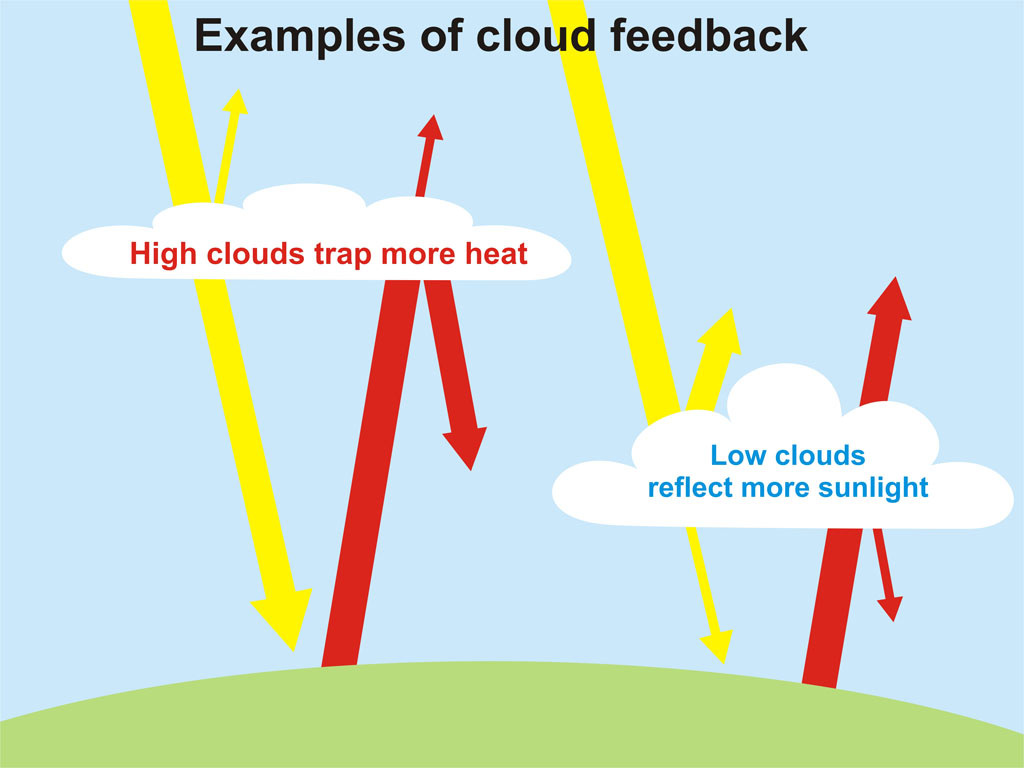Global warming may accelerate rising sea levels

Despite the fact that some scientists still show doubts about the reality of global warming, the overwhelming majority of experts are convinced that warming is a reality. Its effect on the Earth’s climate can be traced by several methods. One of them - the melting of the polar caps, glaciers and rising water levels of the oceans.
Now the water does not rise too quickly, but if the temperature rises continues, many coastal regions can be flooded. The Atlantic coast of North America is one of the regions most prone to flooding. The results of the study of the situation that led scientists to such a conclusion were published in the materials of the National Academy of Sciences of the USA . True, rising water levels will not be the same; a number of reasons contribute to this.
One of them is gravity and ocean dynamics. In some regions, the onset of water will be fast and constant, in others - slower and more periodic. New York and other cities on the East Coast of the United States will see an increase in water level by 1 meter by the end of this century. But this is only if the average annual temperature rises 4-5 degrees above the temperature of the pre-industrial period.
')
If the level of carbon dioxide rises (and most likely it will), then the average annual temperature will rise by 2 degrees over several decades, and by 2040 the water level will rise significantly. Not so long ago, a record of carbon dioxide concentration was made : 400 ppm. Climatologists say that CO 2 will not be less, the concentration of this gas will only increase. Worst of all will have the US East Coast, as mentioned above, and Norway. Here, by 2040, the water level will rise by about 30-40 cm. This is quite a lot, so that not all coastal regions can adapt to such changes. And after 2040, warming will occur at an even faster pace.
“Coastal rapidly expanding cities and vulnerable tropical coastal ecosystems will have to adapt to raising the water level very quickly if the temperature increases by 2 degrees Celsius,” says Svetlana Zhevrezheva, a researcher at the National Oceanographic Center in Liverpool, United Kingdom.
According to other climatologists, the water level of the World Ocean will constantly rise, and the rate of raising the water level will be the higher, the sooner the average annual temperature will increase. New temperature records are still ahead. 2015 was recognized as the warmest year in the history of observations, but already in the next decade, this record will be an average figure, because ahead is a significant increase in average annual temperature. In many ways, this situation is caused by an increase in carbon dioxide concentration in the Earth’s atmosphere. Even if the growth of CO2 concentration is stopped, the warming will continue, reaching a maximum in 2040.

But limiting carbon dioxide emissions to the atmosphere will mean that the impact of climate change on a number of regions will not be as strong as in the case of a permanent increase in CO 2 concentration.
“It gives us hope that if we can act quickly, reducing the amount of greenhouse gas emissions, seasonal temperature extremes will remain without them becoming the norm in the 21st century,” said Sophie Lewis, an Australian climatologist. national university.
If warming continues, by 2100 most coastal regions will face a significant rise in water levels - up to 2 meters. This is the maximum figure for 5000 years, a similar situation, according to climatologists, was observed in the Bronze Age, but then the warming was not related to industry and human activity. At that time, the number of people on Earth was not too large, so that climate change did not so much influence civilization. Nowadays, if the water continues to attack, and the temperature rises, the governments of a number of countries will have to take care of the movement of tens of millions of their citizens. This includes approximately 2.5 million people from Miami, USA; 2.1 million people from Guangzhou, China; 1.8 million people from Mumbai, India; one million people from Osaka, Tokyo, New Orleans, New York and other cities.
Climate change is being monitored by more and more specialists who are trying to study the current situation, which makes it possible to predict changes in the Earth’s climate model in the future. It is important to study the dynamics of melting glaciers in the Antarctic and Greenland. All this leads to an increase in the level of water in the oceans and further climate change.
“Decisions must be made now. Developing forecasts that attempt to predict the situation in 2100 is very interesting, but this should be of secondary importance for decision makers, ”says Tad Pfeffer, a glaciologist at the University of Colorado.

By the way, a group of scientists from the Livermore National Laboratory. E. Lawrence under the leadership of Chen Zhou (Chen Zhou) believes that at present, warming is somewhat hampered by dense clouds in the lower atmosphere. They reflect sunlight and transmit the heat emitted by the surface of the planet. Perhaps it was the formation of cloud cover that caused global warming to slow down from 1998 to 2013. As soon as the situation changes and the clouds become smaller, the Earth’s climate may start to warm faster. Accordingly, this will affect the rate of raising the level of the oceans.
Source: https://habr.com/ru/post/398973/
All Articles